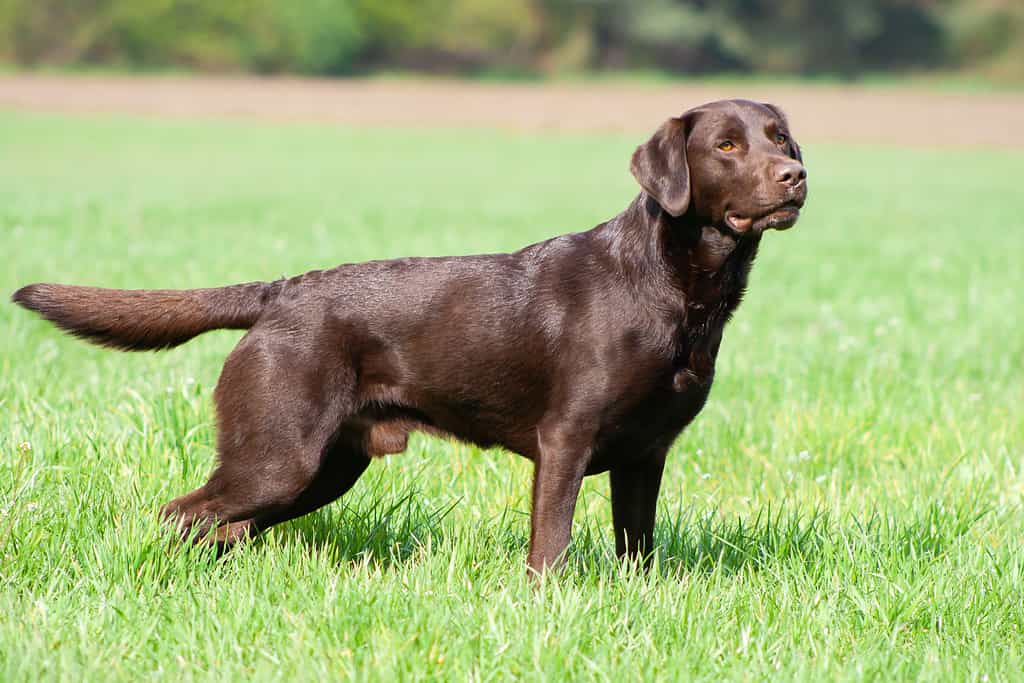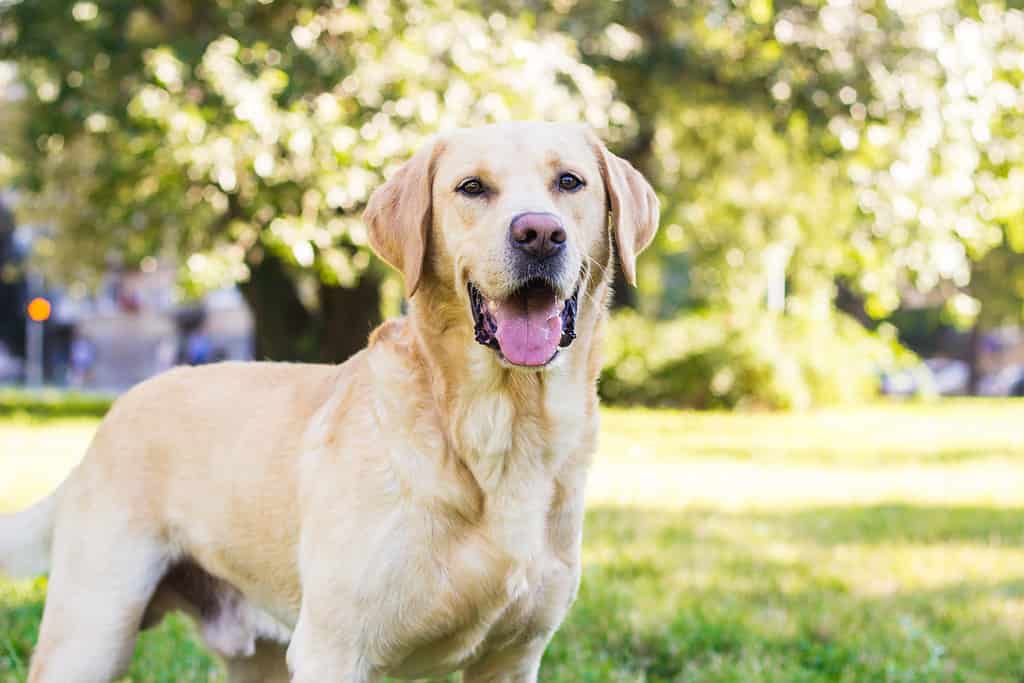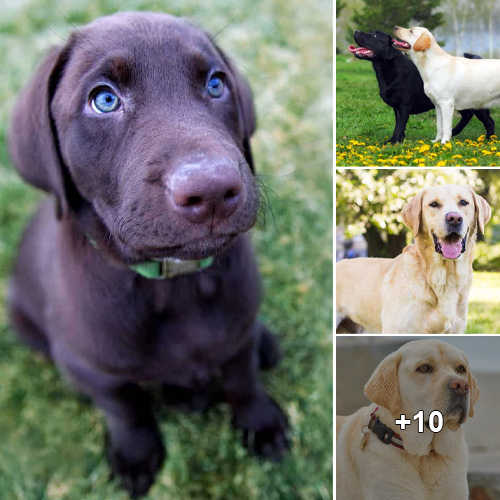As stated by the American Kennel Club, the Labrador Retriever has maintained its status as the most popular dog breed in the United States for an impressive 31 years, until recently being surpassed by the French Bulldog in 2022. Despite this, Labrador Retrievers have a rich history serving as exceptional hunting companions, beloved family pets, and reliable service dogs. The original purpose for which Labrador Retrievers were bred may surprise you, as their ancestry tells a fascinating tale of blending the finest traits of two different dog breeds to create the iconic Lab we know today. Discover the true origins and intended roles of Labrador Retrievers, as well as delve into their historical significance and more about this versatile and beloved breed!

Some Labradors have been specially bred for field trials, demonstrating their skills in retrieving game during hunting activities. This popular breed falls under the category of “Sporting Dog” and typically stands between 21.5-24.5 inches tall. Females usually weigh around 55 pounds, while males can reach up to 80 pounds. Labs are known for their short coats which can come in all black, all yellow, or all chocolate. They are also recognized for their friendly nature, trainability, and eagerness to please. Labrador Retrievers were originally bred as hunting dogs with a focus on retrieving. The Earl of Malmesbury witnessed the impressive diving and retrieving abilities of St. John’s water dogs, which were brought over to England from Newfoundland, Canada. Inspired by their talents, he initiated a breeding program specifically for duck-hunting. This led to the formation of what was initially known as the “Labrador Dog,” named after the Labrador region in Canada. The Labrador Retriever’s original role was to assist fishermen in Newfoundland, Canada. Known as the St. John’s water dog, they would assist in fishing activities by retrieving escaped fish, helping with nets, and even fetching hats that fell off fishermen’s heads. Historical records trace back to the early 19th century, showcasing how these early fishing tasks laid the foundation for the Labrador’s renowned retrieving abilities today. Through the years, Labrador Retrievers have taken on various roles, including hunting companions, search and rescue dogs, therapy dogs, and even service animals for those with disabilities. Their versatile nature and strong work ethic have made them a valuable asset in a range of fields.

Labrador Retrievers were initially bred to retrieve various items such as fish, nets, and even hats blown off a fisherman’s head in the water. Originally, they worked in fisheries assisting with long lines and nets. When Newfoundlanders introduced their St. John water dogs to England, they were crossed with hunting dogs to create a new breed specifically for duck hunting. This new breed was sought after for its trainability and ability to remain calm around multiple gunshots, allowing it to retrieve multiple birds during hunts. Today, Labrador Retrievers serve as hunting companions and gun dogs, excelling in retrieving game in diverse conditions. They have proven to be versatile in various roles such as service dogs, guide dogs, members of customs task forces, search and rescue dogs, scenting dogs in the military, arson task force members, and therapy dogs. The history of Labrador Retrievers traces back to the early 19th century in Newfoundland, Canada, where dogs from England, Spain, France, and Portugal intermingled and gave rise to new breeds like the St. John’s water dog. These dogs were known for their skill in water and ease of training for fish retrieval. Fishermen returning home showcased their dogs’ abilities in England, catching the interest of the Earl of Malmesbury, who initiated a breeding program to merge the traits of the St. John’s water dog with English hunting dogs. The Duke of Buccleuch and Earl of Home in Scotland played key roles in preserving the early bloodlines of the Labrador Retriever. By 1903, the Labrador was recognized by the Kennel Club in England, and in 1917, the American Kennel Club registered the breed. There are slight differences between American Labs and British Labs, but both breeds share the same origins and qualities that make them popular and versatile working dogs.

Labrador Retrievers are known for their ease of training and were originally bred for retrieving tasks. Today, there are some noticeable differences between American Labs and British Labs. American Labs tend to be slightly taller, reaching heights of up to 24.5 inches compared to 22.5 inches for their British counterparts, and they are also a bit slimmer. On the other hand, British Labs have fuller bodies and chests. American Labs have a more athletic build with longer legs and snouts, and they are generally more active and driven compared to the calmer British Labs. Both types share the same water-resistant coat and distinctive “otter-like tail”, and they are most commonly found in black, followed by yellow and the recessive chocolate brown color. The Labradoodle, a crossbreed of Standard Poodles and Labrador Retrievers, was originally bred by Wally Conron in 1989 to create a hypoallergenic guide dog. Conron, who worked for the Royal Guide Dogs Association of Australia, wanted a dog that combined the trainability of a Labrador with allergy-friendly qualities. The Labradoodle became popular for its low shedding, hypoallergenic coat while still maintaining a friendly and easy-to-train nature. These dogs are used as guide dogs and make wonderful family pets.

